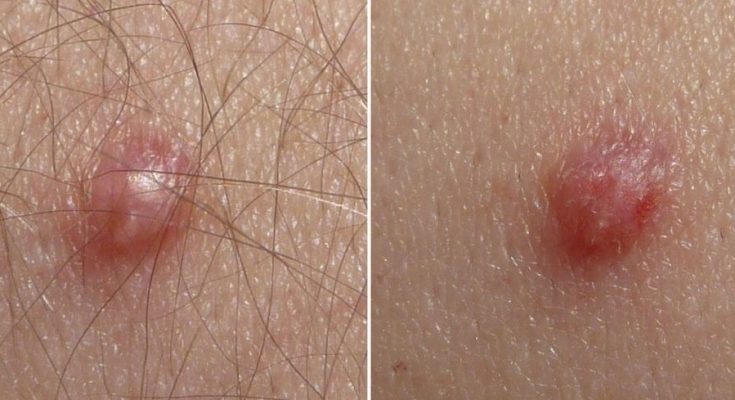Human papillomavirus (HPV) is one of the most common sexually transmitted infections (STIs) globally. According to the Centers for Disease Control and Prevention (CDC), nearly all sexually active individuals will contract HPV at some point in their lives, although many infections resolve without treatment. While most cases are asymptomatic, certain types of HPV can lead to serious health concerns, including genital warts and cervical cancer.
Understanding the potential signs and symptoms of HPV is essential for early detection, appropriate care, and the prevention of long-term complications. This guide outlines the common signs of HPV, how it is diagnosed, and how it can be prevented.
What Is HPV?
Human papillomavirus refers to a group of more than 150 related viruses, each identified by a number (e.g., HPV-16, HPV-18). Some strains are classified as low-risk and are associated with benign conditions like genital warts, while others are considered high-risk due to their link to several types of cancer, including cervical, anal, penile, throat, and vaginal cancers.
HPV is primarily spread through skin-to-skin contact, including vaginal, anal, or oral sex. It can affect both men and women, and in many cases, people who carry the virus show no outward symptoms.
Source: Centers for Disease Control and Prevention

1. Genital Warts
One of the most visible signs of HPV is the development of genital warts. These are soft growths that may appear on or around the genital area, including the vulva, vagina, cervix, penis, scrotum, or anus. They can also develop in the mouth or throat after oral contact with an infected partner.
Genital warts may appear as:
- Small, flesh-colored or slightly darker bumps
- Flat or raised lesions
- Single or multiple clusters resembling cauliflower
Although genital warts are non-cancerous, they can be uncomfortable, itchy, or cause irritation. They are caused by low-risk HPV strains, typically HPV-6 and HPV-11.
Source: American Academy of Dermatology Association

2. Changes in the Cervix (Cervical Dysplasia)
Some high-risk HPV types, such as HPV-16 and HPV-18, can lead to abnormal changes in cervical cells, a condition known as cervical dysplasia. These changes are often asymptomatic, meaning they produce no symptoms, but they can be identified through routine Pap smears and HPV testing.
If left untreated, cervical dysplasia can progress to cervical cancer, which is why regular screening is essential, especially for women aged 21 and older.
Signs of advanced cervical changes may include:
- Irregular vaginal bleeding
- Pelvic pain
- Pain during intercourse
These symptoms can also be related to other gynecological conditions, so professional evaluation is necessary.
Source: National Cancer Institute
3. Abnormal Pain or Bleeding
In some cases, individuals with HPV may experience symptoms such as:
- Vaginal bleeding after intercourse
- Spotting between periods
- Pain during sexual activity
These symptoms are not exclusive to HPV and can result from various reproductive health issues. However, they may indicate changes in cervical or vaginal tissue that require further examination.
If you experience any of these symptoms, it is recommended to consult a gynecologist or healthcare provider for appropriate testing and evaluation.





